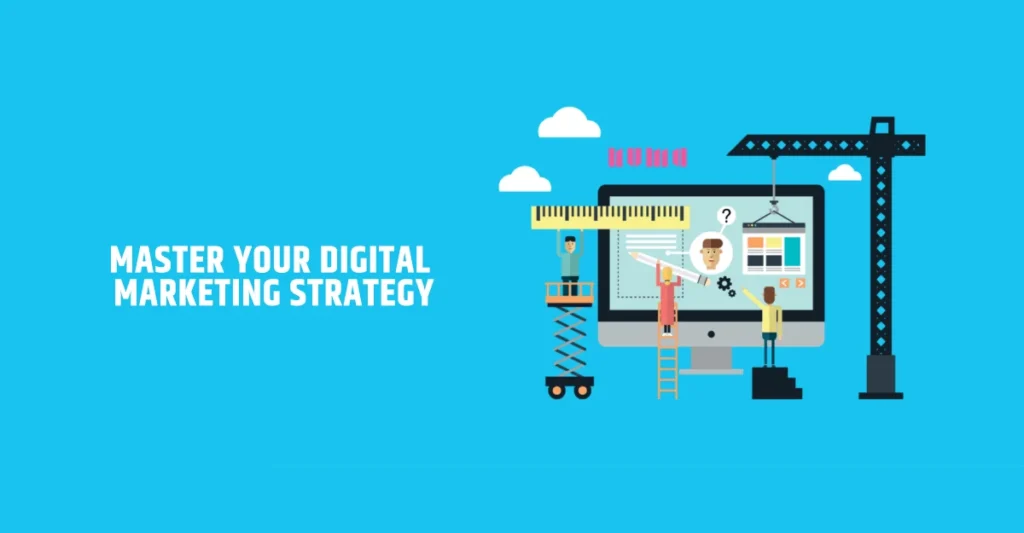Understanding Digital Marketing: Key Strategies and Approaches
Digital marketing is a critical tool for businesses and startups looking to reach their audience in today’s digital-first world. It involves leveraging various online platforms to introduce products and services to potential customers. Tools such as SEO, content marketing, social media marketing, app advertising, and email marketing all play significant roles in connecting businesses with their target audience. Essentially, any marketing method that uses electronic devices to reach customers qualifies as digital marketing.
One of the main advantages of digital marketing is its ability to save time and improve visibility on search engines, especially when combined with SEO-driven content marketing strategies. By employing effective tactics and strategies on a website, the marketing journey becomes simpler and more accessible for businesses.
Types of Digital Marketing: Inbound vs. Outbound
Digital marketing can be divided into two primary categories: Inbound Marketing and Outbound Marketing.
Inbound Marketing
Inbound marketing focuses on attracting customers to your business by providing valuable content that directly addresses their needs and queries. It’s considered a customer-centric approach since it lets the customers engage with your brand on their terms.
Content is the core element of inbound marketing, as it serves as the face of the business, educating the audience and building trust. Through SEO, blogs, videos, and other content types, businesses can create valuable touchpoints that drive customers to interact with their services.
Key Inbound Marketing Strategies:
- Advertisement on Social Media: Social media marketing allows businesses to reach audiences based on demographic and personal information. It creates an opportunity to build relationships with potential customers while increasing website traffic.
- SEO: SEO is crucial for ranking higher in search results. Optimizing content with relevant keywords ensures better visibility and attracts organic traffic to the website.
- Content Designing: Well-designed, engaging content such as blogs, eBooks, and infographics can drive traffic to your website. Creating content that resonates with your audience is key to keeping them engaged and informed.
- Automation in Solving Queries: Automating customer queries through FAQs or quiz-style content can improve user experience and increase engagement. When users find solutions to their questions, they are more likely to explore your products or services.
- PPC (Pay-Per-Click): PPC ads are paid advertisements that appear on search engines. Each time a user clicks on an ad, the business pays a fee. PPC is an effective way to drive targeted traffic to your website, especially for highly competitive keywords.
Outbound Marketing
Outbound marketing is the more traditional method of reaching customers, often involving direct communication with individuals who may not have expressed interest in the product or service. This approach is more marketer-centric, as businesses initiate contact with customers through methods like TV advertisements, print ads, and cold calling.
Though outbound marketing can reach a large audience, it is typically seen as intrusive and less effective in engaging potential customers compared to inbound strategies. In an era where customers prefer to seek information on their own, outbound marketing is less popular but can still play a role in certain situations.
Conclusion: Focusing on Inbound Marketing
While both inbound and outbound marketing have their merits, businesses today are increasingly focusing on inbound marketing strategies. By offering valuable, SEO-optimized content, engaging social media interactions, and personalized experiences, companies can build lasting relationships with their customers.
As you plan your digital marketing strategy, it’s important to stay informed about the latest trends and tailor your efforts to your specific audience and industry. The key to success lies in using the right combination of tools and constantly adjusting your approach based on market conditions and feedback from your customers.
By prioritizing inbound marketing, businesses can ensure a customer-first approach that drives long-term growth.








